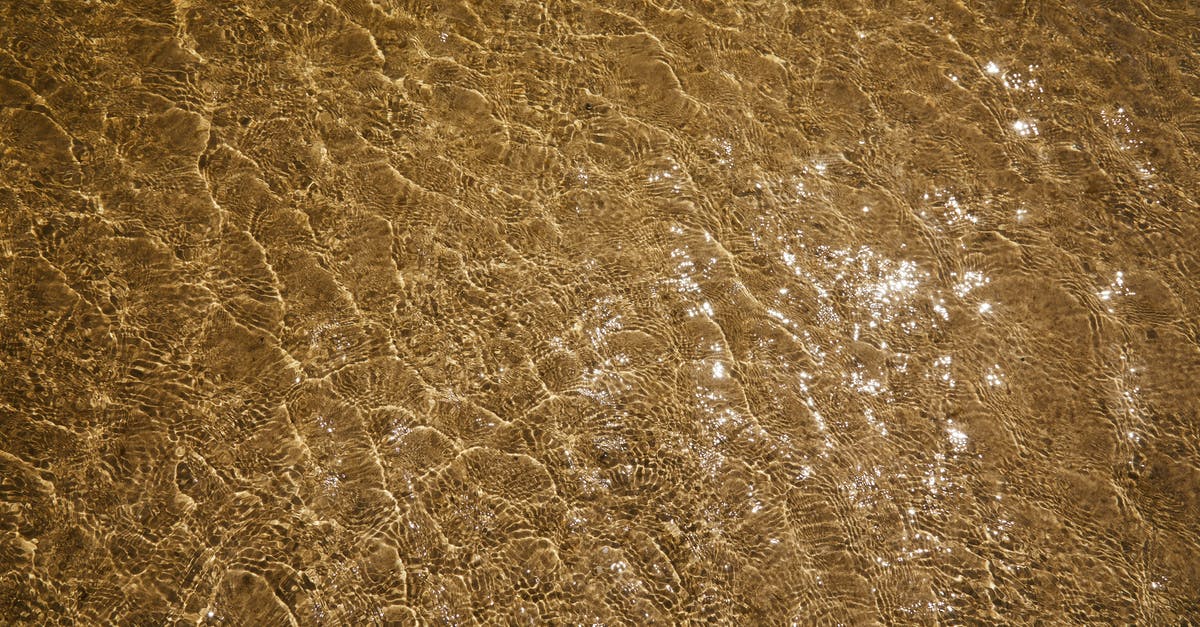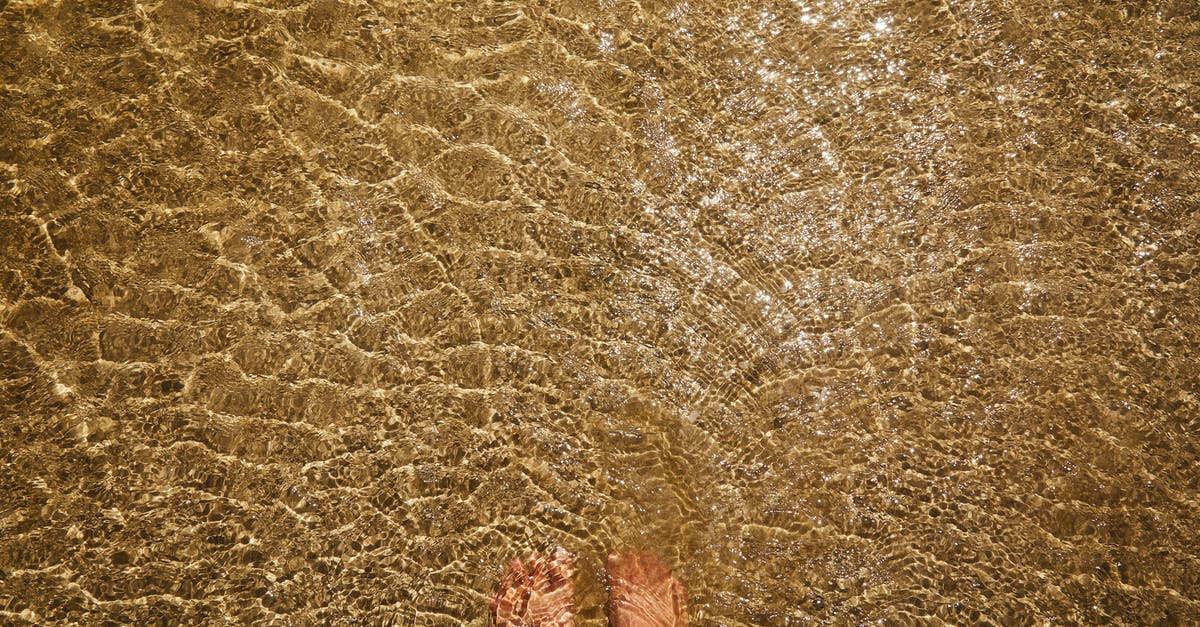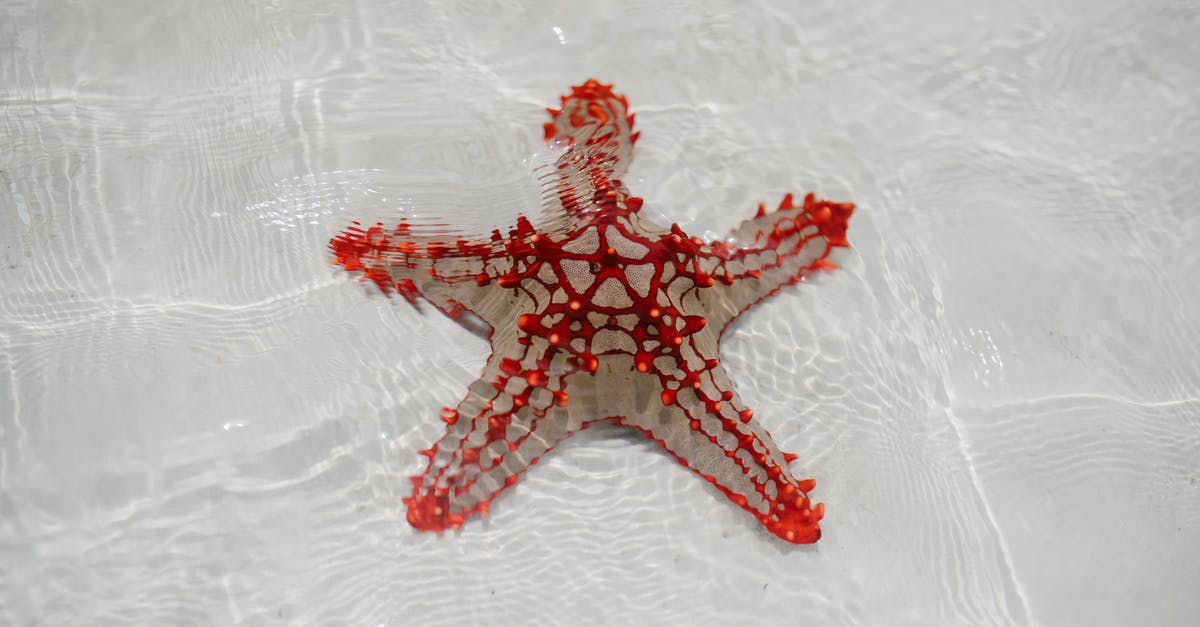Marshmallows are wet on the bottom as they set

I tried to follow this recipe: http://www.davidlebovitz.com/2011/07/marshmallow-recipe-candymaking/
Deviations from the recipe: - I used icing sugar instead of the marshmallow mix. - I could not find corn syrup. I wasn't sure if I could keep the sugar syrup from crystallising and for some reason I thought a bit of xanthan gum might help. - My measurements for the gelatine are probably a bit rough since my scale is not so good for strange numbers like 17g.
I set the mixture in 2 pans, one pyrex, one steel after coating the bottoms with icing sugar. After about 3 hours I checked on them and tried a bit. The texture is good but maybe a bit firm. It is really more like a floppy meringue than store marshmallows.
What worries me the most is that the bottoms are wet. I have turned them out in the meantime to let them dry out a bit. Is this normal? Can I prevent it?
Best Answer
It's exactly your deviation which caused the problem. Stiff meringue weeps - the foam slowly loses the egg white moisture. When you mix cornstarch in it, the cornstarch absorbs the water droplets before they have the chance to make a big wet spot. So if you use the marshmallow mix, you won't have this problem.
As for crystallization, I am not sure that xanthan gum helps. It prevents crystallization in ice cream, but there you have too much water between the dispersed particles of the other ingredients, and this water forms ice crystals. Xanthan thickens the water and makes the water droplets smaller, so they don't freeze to big, crunchy crystals. In a sugar syrup, you have it the other way round. Sugar is better soluble in hot than in cold water, so once the syrup cools down, there is too little water and too much sugar. I don't think that xanthan is capable of doing for the sugar what it does for the water. But even if it helps, it will make your result firmer than you want it, you'd have to reduce the gelatin, risking to end up with marshmallows either too firm or too soft.
The usual way to prevent sugar syrup from crystallization is to add an acid to it. This splits the sucrose molecules into glucose and fructose, which don't crystallize at the saturation sugar does. Be careful what you add, you don't want your marshmallows to smell of vinegar. Cream of tartar is the neutral smelling choice, and citric acid has a smell, but it doesn't feel out of place in most sweets.
Pictures about "Marshmallows are wet on the bottom as they set"



Why is my marshmallow wet?
Why are my homemade marshmallows wet? If the sugar in the corn syrup mixture does not get hot enough, 240\xb0F, they will not set properly and be a bit wet or soggy. Be sure to use a candy thermometer to ensure the temperature of the mixture reaches the proper heat to prevent a wet marshmallow.How do you know when marshmallows are done?
Beat marshmallows until thick and glossy: Whip for about 10 minutes. At first, the liquid will be very clear and frothy. Around 3 minutes, the liquid will start looking opaque, white, and creamy, and the bowl will be very warm to the touch. Around 5 minutes, the marshmallow will start to increase in volume.Why did my marshmallow not set?
Why did my marshmallow not set? This is why the candy thermometer is so important when working with hot sugar and candy. The temperature of the sugar has to be 240-250 degrees if it's anything less they will not set, and if it's anything more you will have a very sticky, hard, dense marshmallow.Why do my marshmallows get sticky?
Marshmallows get sticky in an opened bag because moisture fills their air pockets, making them collapse.FISHER - Losing It (Official Audio)
Sources: Stack Exchange - This article follows the attribution requirements of Stack Exchange and is licensed under CC BY-SA 3.0.
Images: Laker, Laker, Julia Volk, Daniel Torobekov
